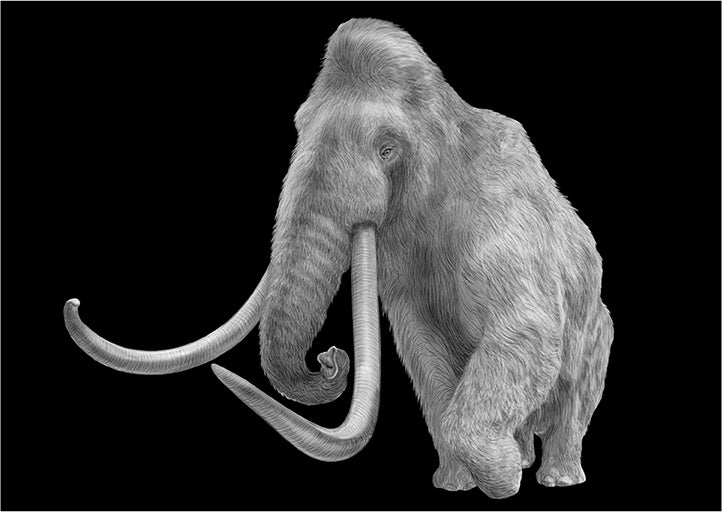
Drawing courtesy of Tim Jeffs Art
You have likely read that scientists are working on resurrecting the Wooly Mammoth, using a hybrid of existing elephant-relative DNA and really old mammoth DNA harvested during archeological digs. Sounds REALLY fascinating, right? I remember seeing the Wooly Mammoth exhibit at the natural history museum in Los Angeles when I was a kid. It was SO Big! The idea of bringing extinct species back to life, known as de-extinction, sounds like something straight out of science fiction. Imagine woolly mammoths roaming the Arctic tundra or passenger pigeons once again filling the skies. There has been talk of resurrecting the Tasmanian Tiger, and there has already been a failed attempt to bring back the Pyrenean Ibex. But while this concept is thrilling, it’s also packed with complexities. The question becomes is this a “can we” vs “should we” exercise. So, should we actually be trying to resurrect lost species? Let's break down the potential benefits and drawbacks.
The Case for De-Extinction
Restoring Ecosystems: One of the main arguments for de-extinction is the potential to restore ecosystems that have suffered from the loss of key species. For example, bringing back the woolly mammoth might help convert parts of the Arctic tundra back into grasslands, which could help combat climate change by maintaining the permafrost.
Scientific Progress: The technologies involved in de-extinction, like cloning and gene editing, could lead to significant scientific advancements. These techniques might not only help resurrect extinct species but could also aid in preserving endangered species or improving their genetic diversity.
Boosting Biodiversity: Reviving extinct species could increase biodiversity, which is crucial for resilient ecosystems. It might also offer new research opportunities, helping us better understand how life on Earth evolves and adapts.
Cultural and Educational Impact: The revival of extinct species could serve as a powerful tool for education and raising awareness about conservation. It might inspire people to take action to prevent more species from disappearing and to better appreciate the natural world.
The Concerns About De-Extinction
Unintended Ecological Consequences: Introducing an extinct species into today’s ecosystems could have unpredictable results. The species might struggle to survive in a changed environment or, conversely, might become invasive, disrupting current ecosystems.
Ethical Dilemmas: There are tough ethical questions surrounding de-extinction. Should we focus on bringing back species that are gone, or should we prioritize protecting those currently at risk? And if we do bring these species back, what kind of life would they have? Would they thrive, or would they be confined to zoos and labs?
Resource Allocation: The resources needed for de-extinction are enormous. Some argue that these funds and efforts would be better spent on protecting the species we still have. With so many animals currently endangered, conserving their habitats and populations might offer more immediate and tangible benefits.
Genetic Challenges: De-extinct species might not be perfect replicas of their ancestors. Gaps in DNA sequences or the use of surrogate species for gestation could result in animals that are genetically different from the originals, raising questions about their authenticity and long-term survival.
Questions remain- What do you think?
The idea of resurrecting lost species is both fascinating and fraught with challenges. While there are potential benefits, such as ecological restoration and scientific advancement, the risks and ethical concerns are significant. For now, the focus might be best placed on conserving the biodiversity we still have, ensuring that fewer species join the ranks of the extinct. Supporting our planet’s fragile biodiversity requires a caring attitude and resources. Organizations like the World Wildlife Federation and clothing brand Speciologie aid organizations fighting for species survival. As always, my advice is look for local opportunities to make a difference, and vote with your wallet, making your purchases count!
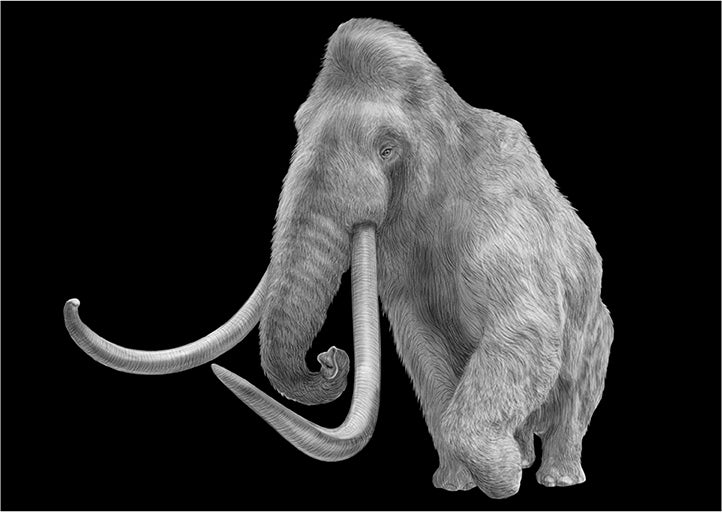

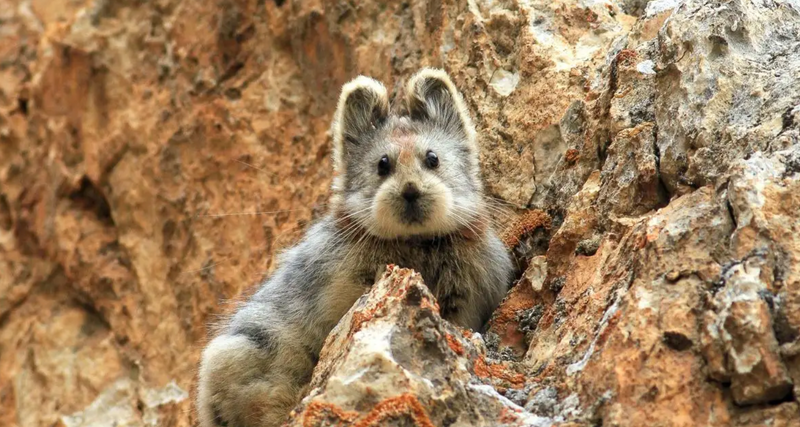
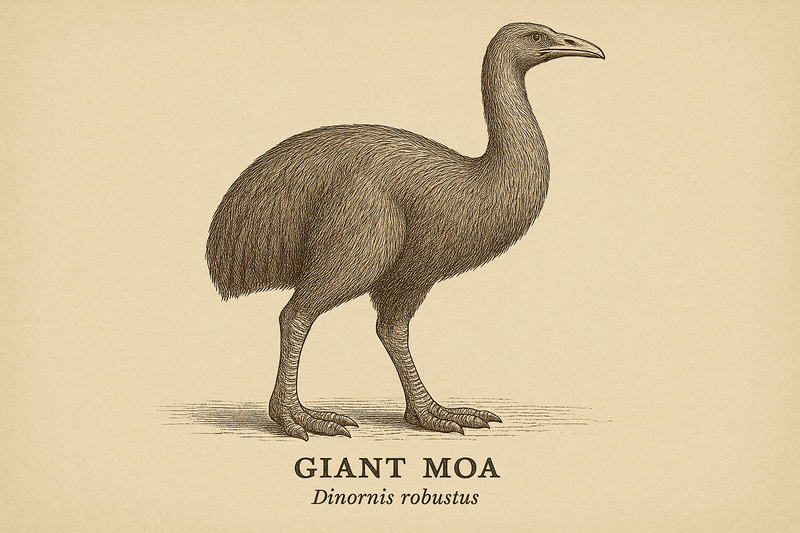
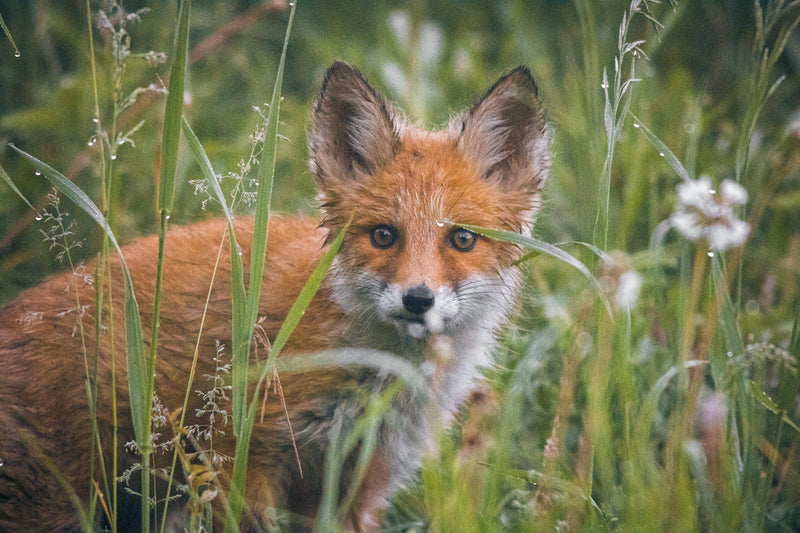
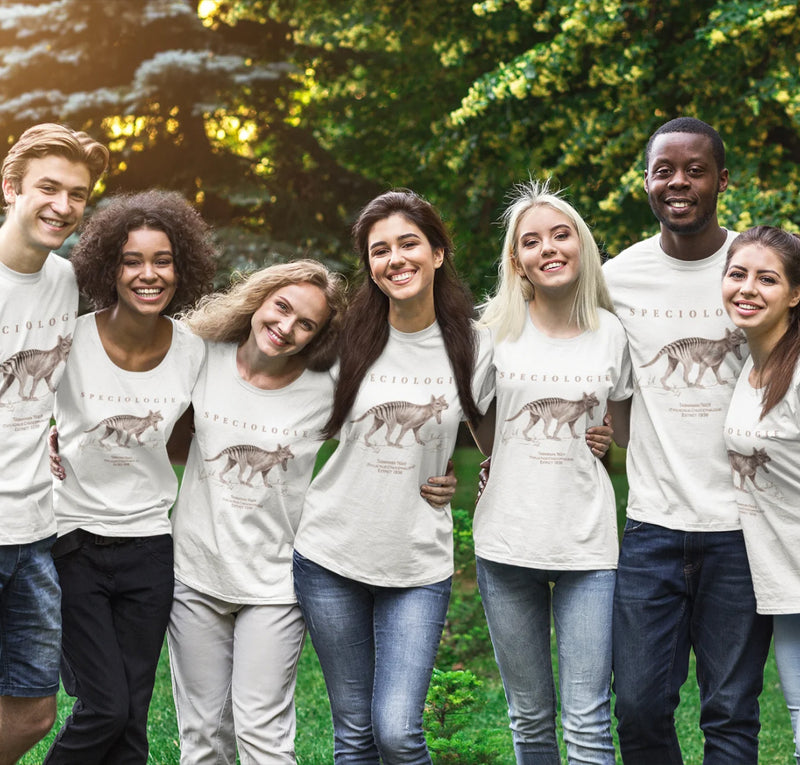
making new species will help cause at this rate the math shows by 2050 50 percent of the species on earth right now plants and animals are supposed to be extinct